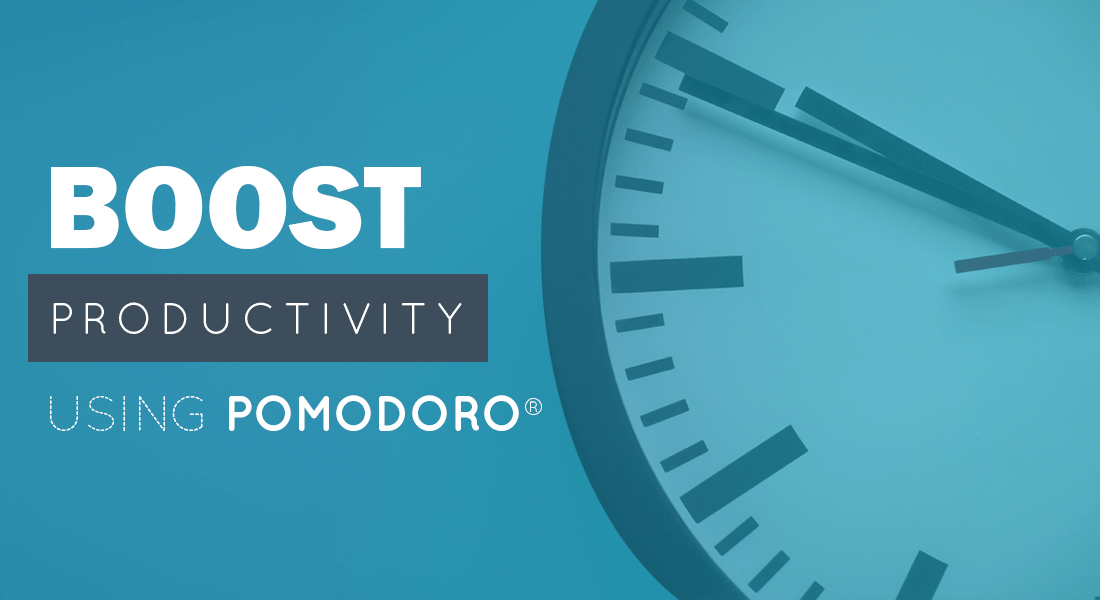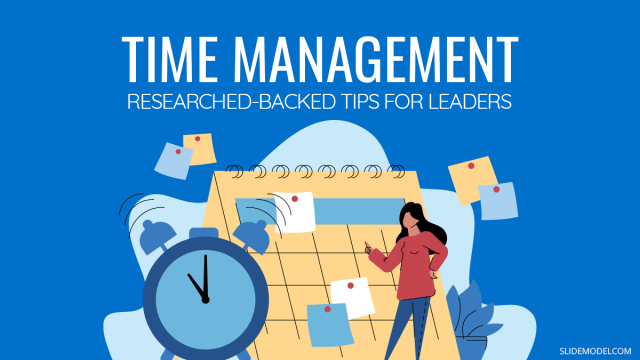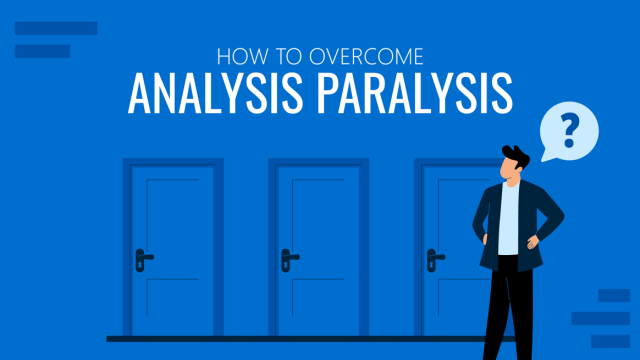
Digital devices have helped us master one art in particular more than all others, procrastination! Many analysts are now arguing the strain on productivity that digital devices are causing. To boost productivity and to enhance the quality of work, it might be time to go Pomodoro®.
The Pomodoro technique® is used by people around the world to get rid of distractions and to split work into set intervals to get things done on time. In what is to follow, we will tell all that you need to know about increasing productivity by using the Pomodoro technique for better time management.
Pomodoro Technique® Basics
What is Pomodoro Technique®?
Pomodoro entails dividing work into set intervals of 25 minutes. These sets are called Pomodoros. You can split your work across a set number of Pomodoros to get things done on time. You can set an alarm for each interval and take short breaks to keep yourself sharp and fresh.
History of Pomodoro Technique
Pomodoro stands for tomato in Italian. This, however, does not mean we intend to tell you the history of Italian tomatoes! The Pomodoro Technique® is a registered trademark by Francesco Cirillo. He came up with this technique in the 80s to break down work into different intervals using a timer. These intervals are usually of 25 minutes, separated by phases of short breaks.
Over the years the Pomodoro technique has been made popular by various apps and websites offering timers with 25-minute intervals. It might not be wrong to say that the digital revolution of recent years gave millions the chance to discover the Pomodoro technique using these digital tools. Pomodoro during this time has been discovered and rediscovered by many to enhance productivity.
Symptoms of Inefficiency in Your Organization or Personal Life
If you intend to identify symptoms of inefficiency at your organization or in your personal life, you might want to check for the following three symptoms. While there can be many others, one or more of the following is quite likely to be affecting your productivity.
1. Your Digital Notifications Don’t Make Sense Anymore
Apple’s CEO Tim Cook admitted suffering from digital device addiction. Talking about his rude awakening regarding the amount of time he spent on his iDevice, Cook said:
“When I began to get the data, I found I was spending a lot more time than I should… I also found that the number of notifications I was getting just didn’t make sense anymore.”
If you’re looking for symptoms of inefficiency, you might want to take a page from Tim Cook’s book and see if your digital notifications make any sense!
2. You Suffer from Sleep Deprivation
Inefficiency has been plaguing many people around the world. Many people spend an awful amount of time watching YouTube videos and scanning through their Facebook feed all night, only to end up with sleep deprivation in the morning. Pomodoro is in a way a method to break free from such cycles which are affecting individuals and organizations. Using this simple time management technique, you can not only break free from cycles of distraction at the workplace but also look to kick the habit of indulging in digital devices unnecessarily.
3. You Procrastinate Tasks
Whether at home or at the workplace, procrastination can be a sign that you are no longer motivated and lack the will to get things done on time. While there can be a number of causes for this, getting your work done on time with better time management can help you be more relaxed, stress-free and allow you to focus on more positive activities which can help boost productivity and get rid of procrastination for good in the long-run.
How to Use Pomodoro® in Your Life to Improve Efficiency?
Whether you need to complete that annual report, your presentation or want to make sure those dirty dishes don’t pile up in the kitchen, you can go Pomodoro. Here are a few simple steps to help you incorporate the Pomodoro technique for better time management at home and your workplace.
a. Choose a Task
The Pomodoro technique entails identifying your tasks, breaking them down in intervals (Pomodoros) and getting things done in the designated time. To get started, you can begin by identifying your tasks or if you want to take it slow, you can begin with one task and set the amount of time needed to complete it.
b. Get Rid of Distractions
You won’t get anything done if you keep checking your smartphone, taking breaks to play video games or if you are continually distracted by your family members when you’re working from home. To be efficient, you need to first ensure that you have a distraction-free environment.
There are a number of steps you can take to do this.
You can turn off your smartphone for 25 minutes or more, or go to a coffee shop to avoid household distractions. Similarly, make sure you don’t have any meetings scheduled or your Outlook doesn’t keep giving you notifications you don’t need. Make sure your environment is distraction-free, or at least try doing the best you can to avoid distractions.
c. Set the Time
Now comes the fun part, setting the timer. To set your timer you can use a stopwatch, an app or look for websites which offer alerts to help you manage your Pomodoros. You can use a number of tools for this purpose, such as the Tomato Timer, Marinara Timer or Pomodoro Tracker website. Alternatively, you can use apps for desktop or mobile devices such as; Pomodone (Windows, Linux and iOS), Pomodoro Time Pro (iOS and Mac), or ClearFocus and Pomodoro Timer Pro (Android).
d. Begin Work and Measure Your Performance
Once your Pomodoro timer is set, you need to begin work and continue until the bell rings. You can measure your performance in the meanwhile to assess if you are getting things done on time or if you need to increase or reduce the time to suit your needs. While Pomodoros are 25 minutes long, there is nothing stopping you from adjusting the time as long as it increases your productivity.
e. Take a Short Break After Each Pomodoro
One of the most important things to do while practicing the Pomodoro technique is to take short breaks. These breaks will provide you with the much needed time to rest and recharge your batteries before you can get back to work. You can start with 5-minute breaks and expand the time as you complete your Pomodoros. You can reward yourself with longer breaks of 15-30 minutes has your workflow improves.

It’s quite possible that many times a single Pomodoro of 25 minutes might be sufficient to get a task done. If not, you can divide it into multiple Pomodoros with short breaks.
Other Time Management Alternatives to Pomodoro Technique® to Enhance Productivity
a. Flowtime Process
Similar to Pomodoro, the Flowtime technique aims to improve productivity by breaking down a task in multiple phases for completion. You can use this technique by picking a timeline that suits your work. For example, you might be comfortable working non-stop for 60 minutes in the morning, with shorter breaks, followed by less working hours and longer breaks as the day progresses.
The Flowtime technique is meant to manage your workflow according to the schedule that you find most productive. You can record your start and stop time, use a timer and note down if you’re interrupted. With this technique, you can find what works for you and repeat the schedule that you find most productive.
b. Parkinson’s Law
In a previous post, we discussed Parkinson’s Law, which implies that the amount of work given to a task is the time it will take to complete it. You can use Parkinson’s law to trick your mind to complete tasks sooner and to improve the quality of work. You can learn all about how to do all that from our post about Parkinson’s Law.
c. Speed Reading
Speed reading can be a good way to improve workflow, especially if you require getting something done that requires going through a lot of text. This might include preparing for your exam, gathering information for a PowerPoint presentation or going through a document before a meeting.
There are a number of ways you can incorporate speed reading in your daily life, including the use of skimming and scanning text, and with meta guiding by using finger or pen to quickly go through the text.
If you require editing large amounts of text, you can give your eyes some rest by making use of text to speech software such as the Natural Reader. This can allow you to listen to the text and if necessary, scan text along as you hear it, making it less stressful for your eyes.
d. Autofocus
The aim of the Autofocus method is to focus on a single task, much like Pomodoro. Create lists of New, Recurring and unfinished tasks. You can start with the old tasks and complete all the ones you can one by one, once all old tasks that you can work on are done, do the new tasks you can perform, followed by recurring tasks.
You can also incorporate task management apps like Trello to make better use of Autofocus.
e. Stoplight Process
Much like the Autofocus technique, you can use Stoplight Process to list down tasks in different categories, namely; the Red, Yellow and Green list. The red tasks can be the ones which need immediate attention, followed by the yellow list of tasks which can be completed in 2 days’ time. You can list down the less urgent tasks in your green list.
Applying the Pomodoro Technique® to Your Next Presentation
To help you Pomodoro your way out of your presentation hassles like a Ninja, we are laying down some rules that you can use to apply the Pomodoro technique to your next presentation. By following the simple workflow tips below, you can better organize your time for making presentations.
1. Create Your Speech Outline and Gather Required Content (2 Pomodoros, 25 Minutes Each)
The first step is the hardest, this is why you might want to dedicate more time for setting up your speech outline and gathering required content for making your slide decks. This can be in say, two shifts (25 minutes each), consisting of 2 Pomodoros. An estimated time of 50 minutes should be sufficient in most cases to help you organize the required content and create a sketch of what you intend to do at the day of your presentation.
2. Create Your Presentation Deck (1-2 Pomodoros of 25 Minutes Each)
You can enhance your productivity by spending a set number of minutes in making your slides. This can be between 1-2 Pomodoros. If you’re worried about the design and animations, you can use the first Pomodoro to organize your content, and the next to set the placeholders and to preview your slides.
3. Rehearse Your Speech (1 Pomodoro of 25 minutes)
If you’re distracted, it can take hours to rehearse your speech, however, using the Pomodoro technique you can opt for a 25-minute session to practice your presentation and give yourself a demo.
4. Modify Speech and Slide Deck (1 Pomodoro of 25 Minutes)
It is inevitable that you might want to make further adjustments to your speech and slide deck. You can spare an extra Pomodoro just for this task and make sure you get things right.
Using the aforementioned schedule, you will spend between 100 to 125 minutes of quality time on your presentation. You will obviously require adding small breaks between each Pomodoro to keep your mind sharp for the next session. Using this timeline, you can make a quality presentation, rehearse it and make further adjustments in an estimated time of around 2.5 hours.
Final Words
Pomodoro is one of the time management systems that can be used to prevent procrastination and maximize productivity. Techniques like Pomodoro® require something quite basic to transform workflow and enhance productivity, i.e. a serious effort on behalf of the one practicing the technique. Techniques like Pomodoro are meant to enhance focus by getting rid of distractions and making time management more realistic to get tasks done on time. However, productivity isn’t everything. We aren’t small cogs in a big machine, hence, it is necessary to reward yourself with leisure and activities which might add value to the quality of your life.
You can’t expect to complete one Pomodoro after the other in a daily, endless cycle. You will require adding days off to rest, relax and connect with family and friends to make good use of your spare time. And once your battery is recharged, you can always get things done on time by setting yourself a Pomodoro.
This site is not affiliated with, associated with, or endorsed by the Pomodoro Technique® or Francesco Cirillo.


